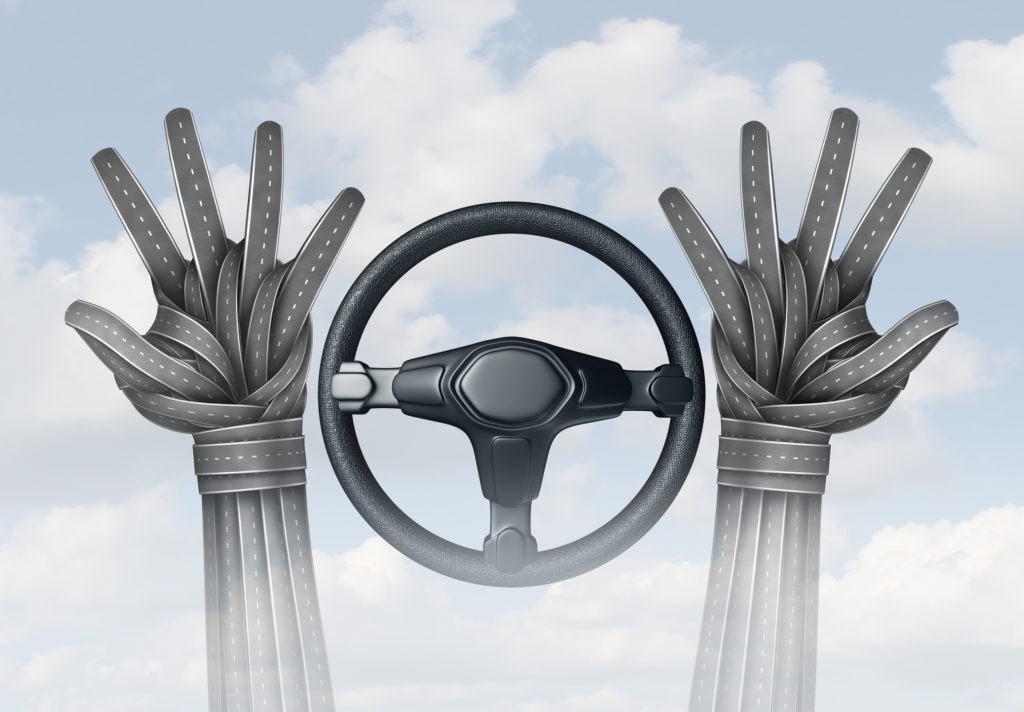Established players Ford, GM, Renault-Nissan and Daimler lead autonomous pack
04 April 2017

4 April 2017
Despite the loud noises from tech start-ups and new industry players, traditional carmakers are best placed to take autonomous cars to deployment, according to a new Navigant research report.
US carmakers Ford and General Motors (GM) lead the pack, closely followed by the Renault-Nissan Alliance and Mercedes owner Daimler, in a report that considers a wider approach involving not just self-driving technology, but also the expertise and channels to bring these to deployment.
First-placed Ford’s executive VP of product and development Raj Nair said: ′This is an important report because Navigant takes a holistic look at what is required to bring self-driving vehicles to market at scale″¦ looking beyond just the hardware and software development efforts that have dominated recent headlines.’
All four of the top OEMs – which Navigant considers the ′leaders’ in the field – have developed capable and advanced diver assistance systems for commercial use, have detailed plans for future emerging autonomous technologies, and have begun building up the structures to execute these intentions through strategic partnerships and investments. For example, Daimler co-owns leading mapping company HERE alongside BMW and VW’s Audi, and this also gives it access to leading autonomous sensor ′lidar’ company Mobileye, a division of chip giant Intel, due to the HERE-Mobileye autonomous partnership, although it is a rare non-buyer of its technology directly.
Ford has gone deep and fast into all aspects of autonomous technology. It developed its self-driving technology mostly in-house, as shown in its Fusion Hybrid, in addition to investing in lidar sensor company Velodyne, mapper Civil maps and AI company Argo. Moving deep into artificial intelligence, through companies like Argo, and also deep machine learning (such as, to learn from driving mistakes), are considered fundamental to achieving top-level autonomous driving (named Levels 4 and 5). Ford has also acquired ride-sharing startup Chariot. With leasing and shared driving expected to play a much greater role in the autonomous future, rather than traditional car ownership, access to ride-sharing is considered fundamental for OEMs to have a strong autonomous deployment strategy. Ford also plans to invest $700 million (€657 million) in its Michigan Flat Rock assembly plant to develop Level 4 autonomous vehicles by 2021 – for commercial use in mobility services including ride-hailing and ride-sharing.
GM has also laid impressive groundwork, particularly in its investment in ride-hailing company Lyft, which is the main competitor to Uber in the US. In addition to this, it has acquired self-driving startup Cruise Automation. The Chevrolet Bolt will be the carmaker’s flagship autonomous vehicle, with the autonomous-featured model set to begin testing on roads in Michigan this year.
The Renault-Nissan Alliance, meanwhile, launched its autonomous driver-assist technology (ADAS) last year in Japan, which is capable of self-driving in a single lane on a motorway, with the system planned to be deployed in the US, and presumably Europe, with the second-generation Nissan Leaf, expected by 2018 at the latest. Renault-Nissan CEO Carlos Ghosn confirmed the Alliance is due to begin autonomous vehicle production in 2020.
Daimler too – long highly regarding as a technological pioneer – has launched vehicles with ADAS functionality, similar to Tesla’s Autopilot, in its Mercedes-Benz S class and E class models. It has also announced a partnership with Uber to supply the startup with vehicles for its leading ride-hailing service. It has also just announced a collaboration with auto supplier giant Bosch to develop technologies for Level 4 (autonomous in certain environments, such as motorways) and Level 5 (completely self-controlling) systems, with a focus on deployment in urban driving. Urban driving is considered the most difficult environment for self-driving vehicles, due to the number of hazards such as pedestrians. This will also likely give Daimler access to chip and AI specialist Nvidia, which has an autonomous collaboration with Bosch, which will help it with the massive computational capacity required to make autonomous vehicles a reality.
The study is in support of the prevailing feeling in the auto industry that the decades of industry experience and deep pockets of established players will ultimately give them the edge in translating promising technology to marketable products. In other words, that as autonomous tech matures, the skills in designing, manufacturing and deploying cars become increasingly important – skills that are difficult for technology companies and start-ups to match, as has been discovered even by big tech companies such as Apple and Google. It also remains to be seen whether Tesla has the expertise to take full advantage of a massive rise in scale to compete with traditional OEMs as autonomous technology becomes mainstream.
The report analysed 18 companies in the autonomous field, including carmakers, suppliers and tech companies, ranking them on the execution of their plans so far, and their deployment strategies. The list therefore favours players with manufacturing capability – unlike Waymo which, like other Google projects, focusses on perfecting the technology before developing a commercial strategy. Waymo has by far the most advanced autonomous vehicle testing programme in the US.